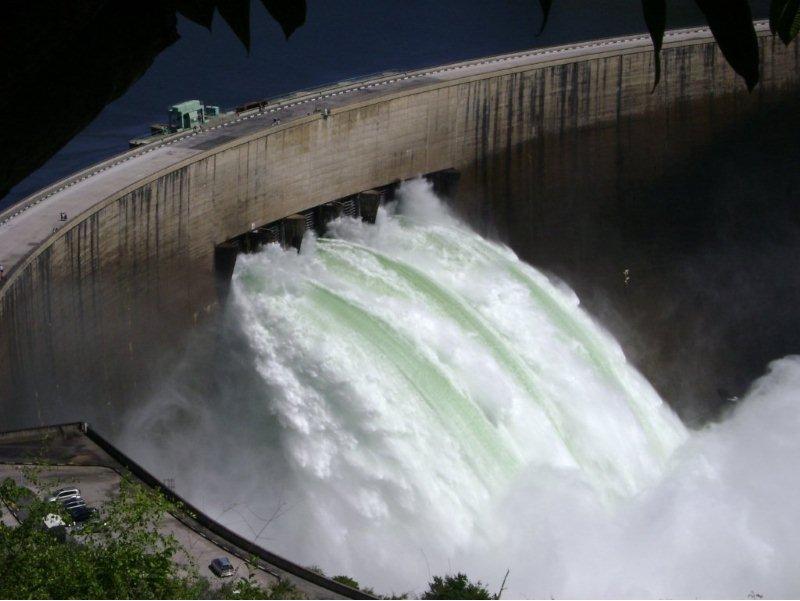Sudan through the Dam Implementation Unit (DIU) has announced that construction of eight rainwater harvesting dams across the state.
The dams have been distributed in states of Blue Nile, North Darfur, Khartoum, White Nile and East Darfur. Director of DIU’s Surface Water Projects Department, Engineer Ali Jara-Nabi Al-Faki said that the dams will provide 40 million cubic meters of water.
Also Read:Ghana to reconstruct Odaw River drain
Dam project
Engineer Ali Jara further noted that the rainwater harvesting projects contributed to stability of herders and resettlement of displaced people in states of Darfur and greater Kordofan, a matter which reflected positively on security, increase of agricultural and animal production.
“DIU 2019 plan targets erection of 10 dams within framework of programs of voluntary return and resettlement of displaced people which started in 2016,” said Ali Jara.
Sudan faces ecological crises like water scarcity and desertification. Rural Sudanese are displaced often by changing landscapes and a lack of agricultural production. The demand for water increases, but its availability to the country’s inhabitants continually remains low. Access to water is needed, as much of Sudan’s country has become neglected.
The livelihood of Sudan depends on its excess use of its water sources. 8% of the country works in agriculture, which accounts for 97% of its water use. Most farms are rural and fed by rainwater.
This intense agricultural system has reduced arable soil, and according the United Nations Environment Programme, has caused desertification to spread. The irrigation used to feed the mechanized farms and intense cultivation by rural Sudanese are causal to the arid environment diffusing over Sudan.
Most of Sudan’s currently accessible underground water is shared with surrounding countries. Sudan utilizes part of the NileRiver Basin, but its use is not regulated or maintained by the government.

